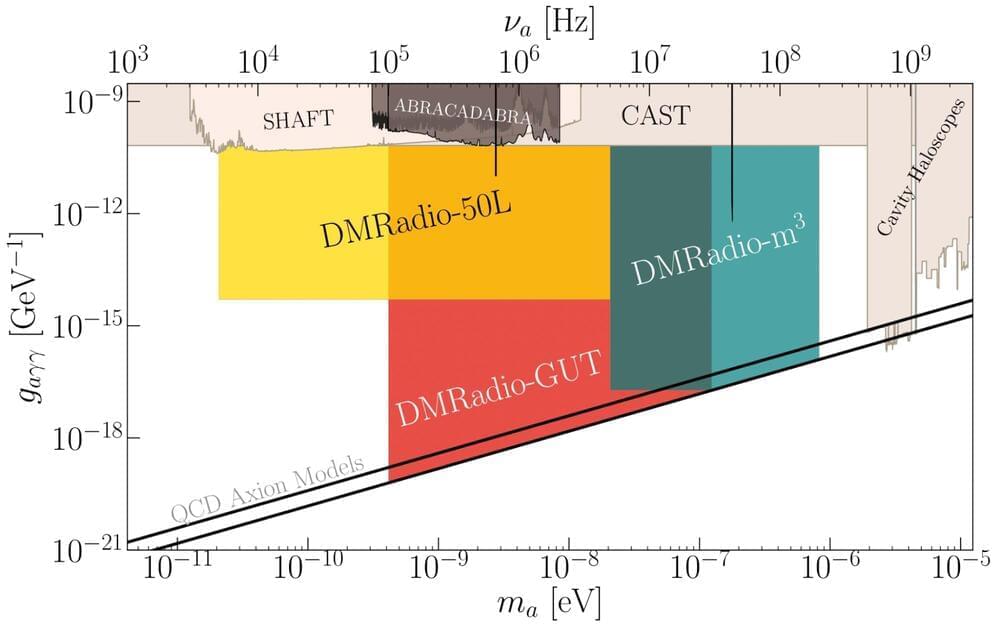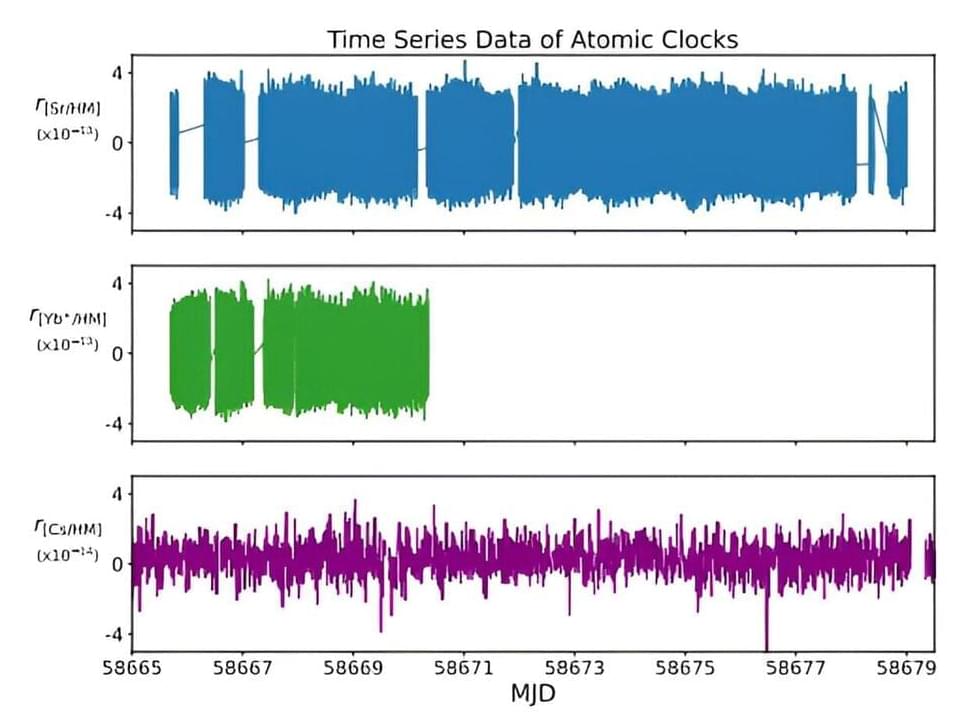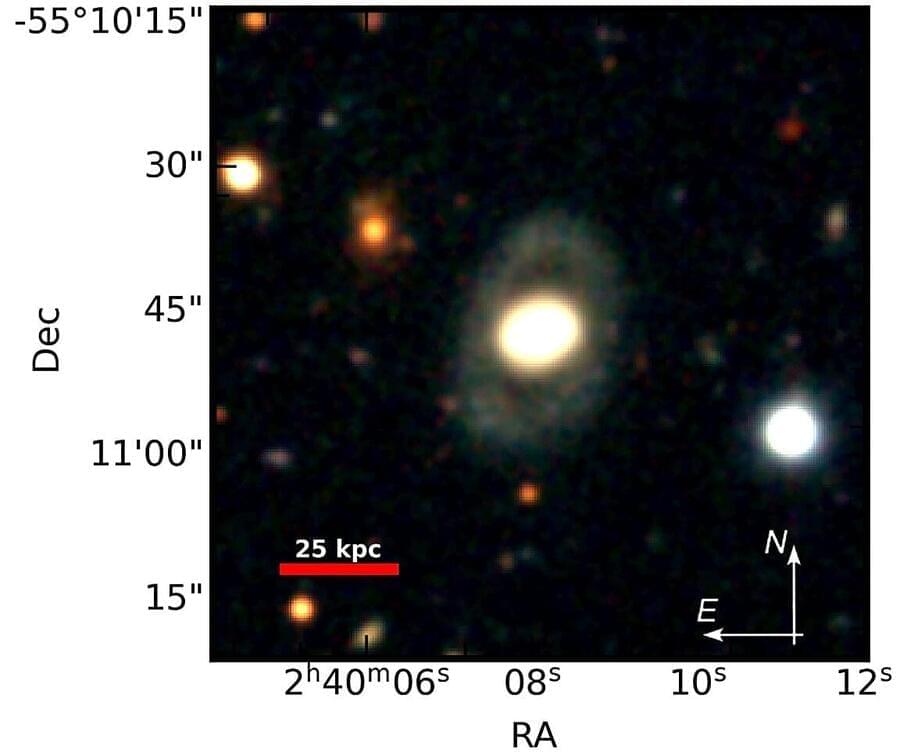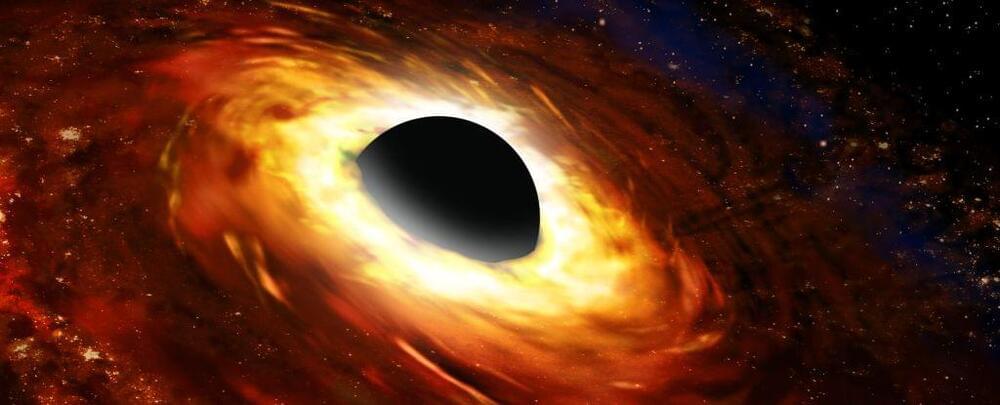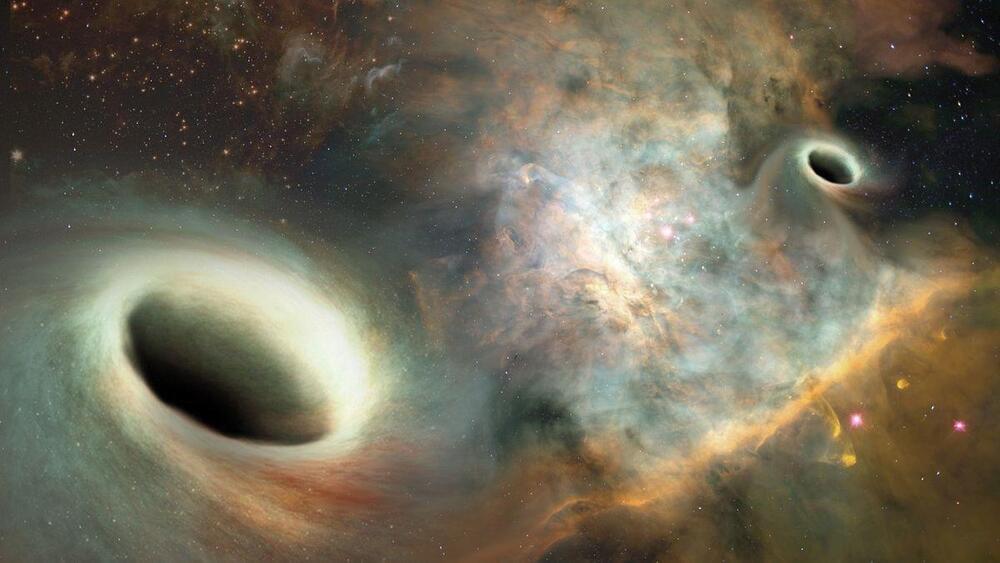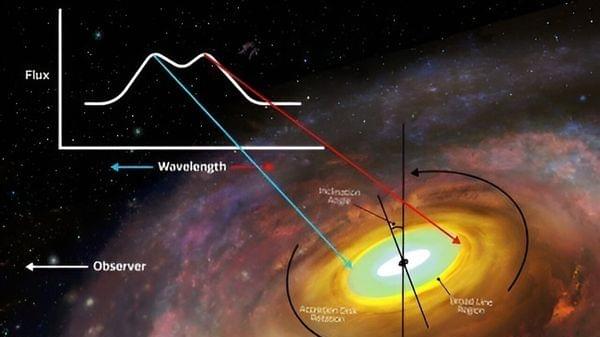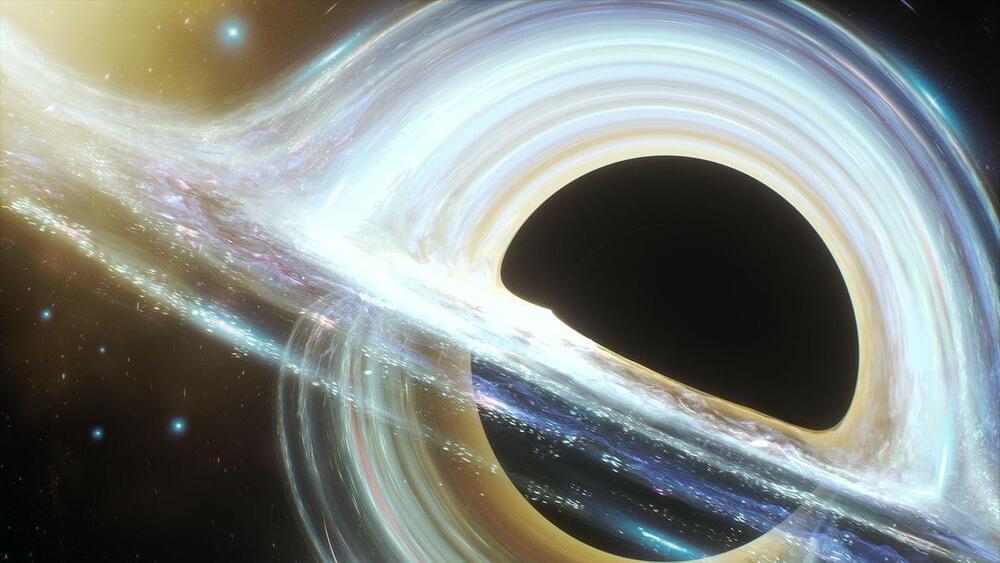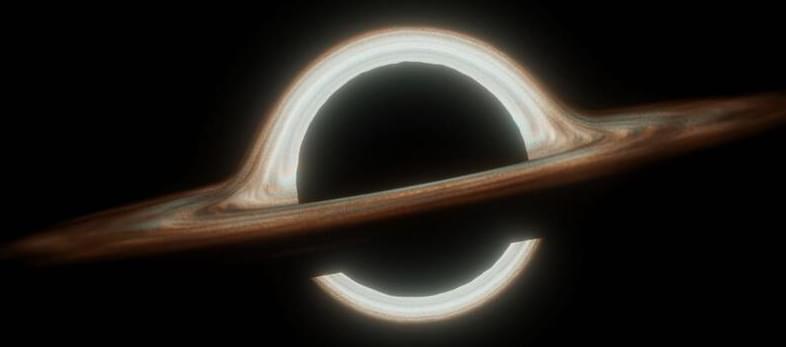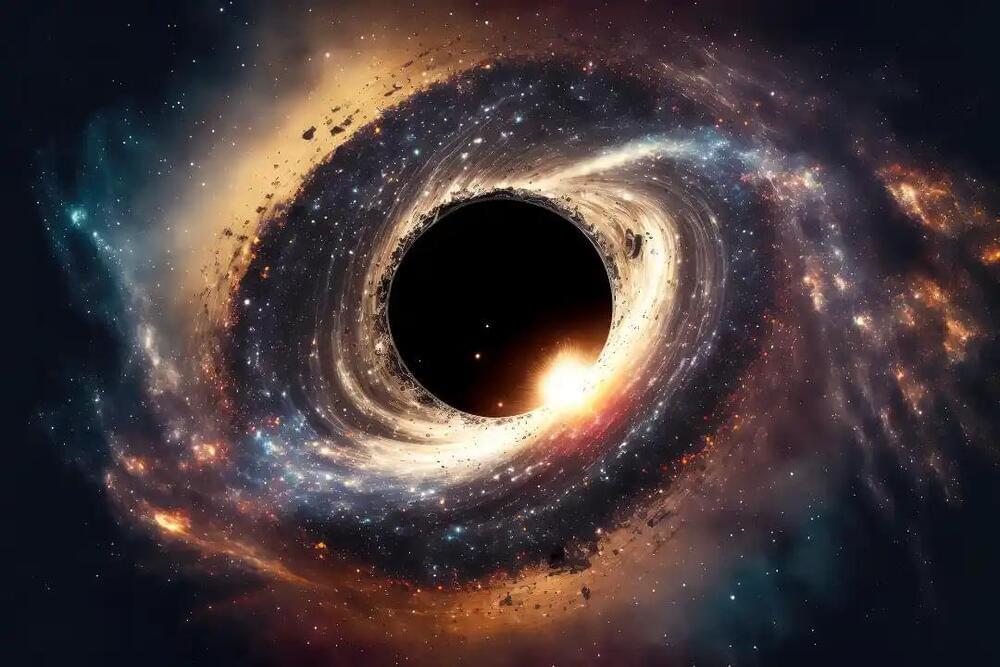Sep 6, 2023
Searching for dark matter with the world’s most sensitive radio
Posted by Saúl Morales Rodriguéz in categories: cosmology, particle physics
Since the 1960s there has been plenty of evidence to support the existence of dark matter through astrophysical and cosmological observations, and at this point we’re very confident that it exists. The question remains, though: what is dark matter actually made of?
Throughout the decades there have been many candidates for dark matter, such as weakly interacting massive particles (WIMPs), neutrinos, and primordial black holes. Candidates like WIMPs were originally theorized because they have properties that address issues in other parts of physics. Another candidate that could answer some thorny physics questions is called the axion.
Axions were originally theorized as a solution to a particle physics question known as the Strong CP Problem, but physicists also realized that axions could be produced in a way that would satisfy requirements for them to be dark matter. These are the particles that the DMRadio experiments search for.
